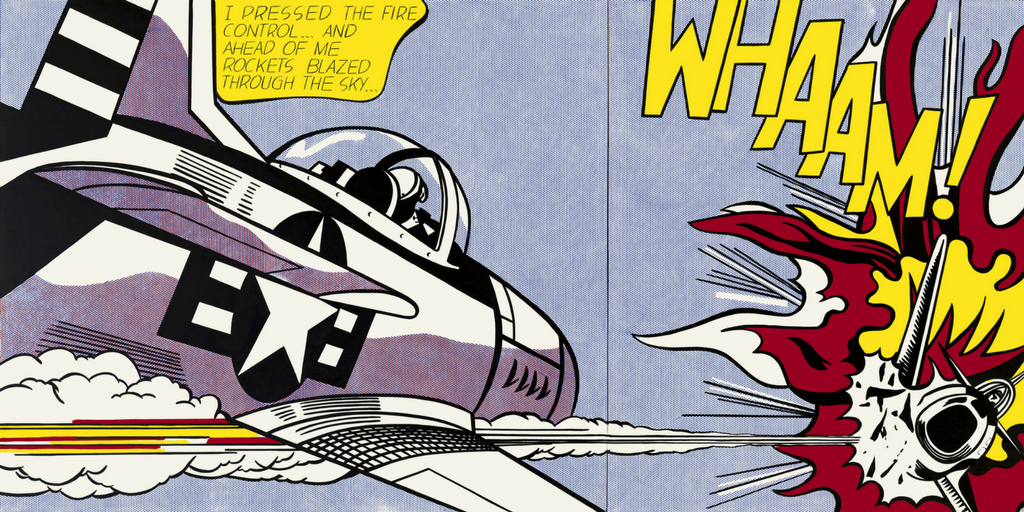The Impact of Comics on Literature and Art Movements
Comics have long been dismissed as mere entertainment, but their influence on literature and art movements is profound and enduring. As a medium, comics transcend simple storytelling, blending visual artistry with narrative depth in ways that challenge traditional boundaries.
This article delves into how comics have impacted the literary landscape and shaped artistic evolution, positioning them as a significant cultural force.
Redefining Storytelling: Comics as Literary Art

Comics have reimagined the art of storytelling by integrating text and imagery to convey narratives that resonate on multiple levels. Unlike traditional prose, which relies solely on words, comics engage readers through a symbiotic relationship between visuals and dialogue, creating a multi-sensory experience.
Comics often defy the conventional linear structure of storytelling, employing non-linear timelines, fragmented narratives, and experimental layouts. This approach has inspired contemporary writers to experiment with form, blurring the lines between graphic novels and literary fiction.
From Alan Moore's Watchmen to Art Spiegelman’s Maus, comics have demonstrated their capacity to tackle mature and complex themes. These works have transcended genre limitations, earning critical acclaim and even Pulitzer recognition, thereby elevating comics as a legitimate form of literature.
By merging literary depth with visual immediacy, comics have established themselves as a medium capable of profound artistic expression, influencing authors and redefining narrative conventions.
The Visual Power of Comics in Modern Art
The visual language of comics has had a significant impact on modern art, both in style and substance. The marriage of bold graphics, innovative layouts, and vibrant color palettes has seeped into various art movements, from Pop Art to contemporary installations.
The influence of comics on Pop Art is undeniable. Artists like Roy Lichtenstein directly appropriated comic imagery, elevating its aesthetic to high art. His iconic works, such as Whaam! and Drowning Girl, drew directly from comic panels, emphasizing the bold, emotional expressions of the medium.
Comic-inspired visuals have also found their way into street art, with artists like Keith Haring and Banksy borrowing graphic elements and narrative techniques. The exaggerated features, dynamic poses, and vibrant colors characteristic of comics have become staples in urban art.
Contemporary artists continue to embrace comics' ability to merge narrative with visual design, using panels and speech bubbles in gallery spaces to challenge the norms of storytelling in visual art.
By contributing to the visual vocabulary of various art movements, comics have cemented their place as a bridge between popular culture and fine art.
Cultural Movements and the Evolution of Comics
Comics are deeply intertwined with cultural and social movements, serving both as a reflection of societal change and a catalyst for it. Their accessibility and relatability have made them a powerful tool for commentary and activism.
From the Golden Age to the present, comics have mirrored societal concerns. Early superhero comics, such as Superman and Captain America, reflected the optimism and patriotic fervor of wartime America, while later works, like The Dark Knight Returns, critiqued political corruption and societal decay.
Comics have also played a crucial role in promoting diversity and representation. Characters like Black Panther, Kamala Khan (Ms. Marvel), and Miles Morales (Spider-Man) challenge stereotypes and provide underrepresented communities with heroes who reflect their experiences.
Graphic novels like Marjane Satrapi's Persepolis and Joe Sacco’s Palestine explore themes of oppression, war, and resistance, using the medium to amplify marginalized voices.
By capturing the zeitgeist and offering platforms for diverse narratives, comics continue to influence cultural discourse in profound ways.
The Future of Comics in Literature and Art
As digital technologies reshape the creative landscape, comics are evolving, further solidifying their impact on literature and art. The rise of webcomics, digital graphic novels, and multimedia adaptations demonstrates the medium's adaptability and enduring relevance.
Webcomics and digital graphic novels have democratized the medium, allowing creators to bypass traditional publishing barriers and reach global audiences. This shift has led to an explosion of diverse voices and innovative storytelling techniques.
Collaborations between comic creators and artists from other disciplines, such as animation, gaming, and film, are breaking new ground. These partnerships are not only expanding the reach of comics but also pushing the boundaries of what the medium can achieve.
The increasing inclusion of comics in museum exhibitions and literary curricula reflects a growing recognition of their artistic and literary value. Institutions are beginning to archive and study comics as cultural artifacts, ensuring their influence endures.
The future of comics lies in their ability to adapt and innovate, continuing to challenge traditional perceptions of literature and art while inspiring new generations of creators.
Conclusion
Comics are no longer confined to the fringes of popular culture. They have reshaped storytelling, inspired visual art movements, and reflected cultural shifts, positioning themselves as a dynamic and influential medium. From their literary depth to their artistic innovation, comics bridge the gap between entertainment and high culture, leaving an indelible mark on both literature and art. As their influence continues to grow, comics stand as a testament to the power of storytelling in all its forms.
Sources:
- Chute, Hillary. Why Comics? From Underground to Everywhere. Harper, 2017.
- McCloud, Scott. Understanding Comics: The Invisible Art. Harper Perennial, 1993.
- Gravett, Paul. Comics Art. Yale University Press, 2013.
- Hatfield, Charles. Alternative Comics: An Emerging Literature. University Press of Mississippi, 2005.







































